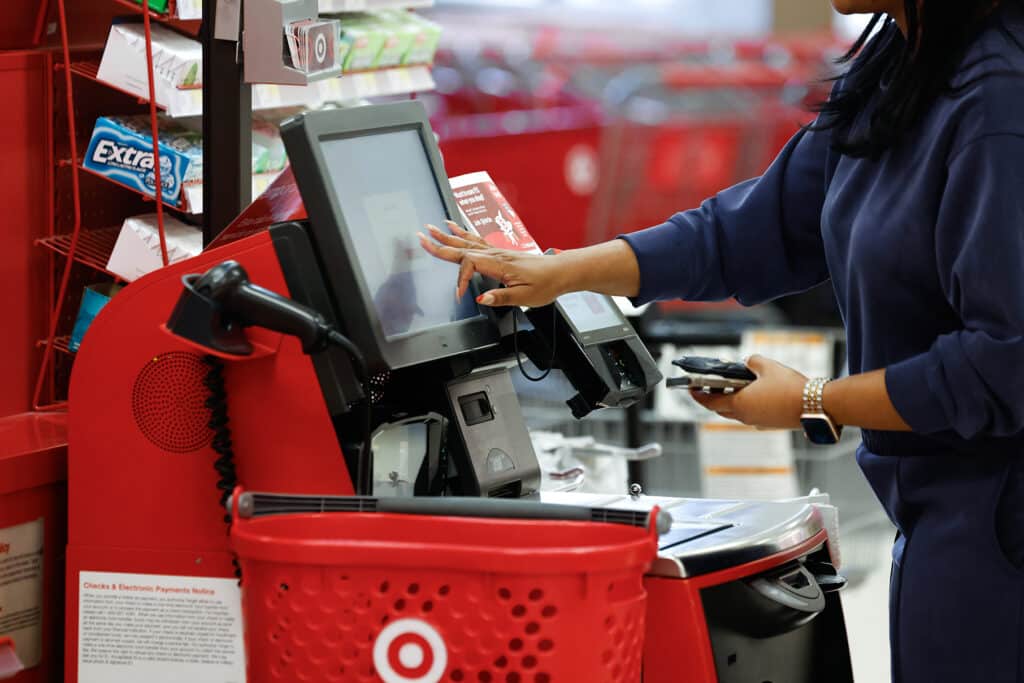
New Policy Focuses on Internal Price Assurance Starting July 28
Target will discontinue its long-standing competitor price-matching policy beginning July 28, signaling a shift in how the retailer delivers value to its customers. Previously, Target shoppers could request a refund of the price difference if they found a lower price at Amazon, Walmart, or other select competitors within 14 days of purchase. Going forward, price matching will only apply to identical items purchased in-store or on Target.com.
The decision reflects changing consumer behavior. According to Target, customers overwhelmingly request price matches on Target’s own pricing rather than that of its competitors. As a result, the company is refining its approach to focus on its own price competitiveness, exclusive private-label offerings, and value-driven perks such as the Target Circle loyalty program.
This update aligns with broader industry trends. Walmart discontinued its Savings Catcher price-matching tool in 2019, and Amazon has never offered a price-match guarantee. While some retailers like Best Buy and Home Depot still honor price matching under specific conditions, policies across the industry have tightened as retailers seek to protect margins and simplify operations.
| Retailer | Price Match Policy |
|---|---|
| Target | Will only match Target.com and in-store pricing within 14 days (effective July 28) |
| Walmart | No price matching; ended Savings Catcher program in 2019 |
| Amazon | No price match policy |
| Best Buy | Matches prices from major retailers; exclusions apply |
| Home Depot | Matches local competitor prices; online price match may vary |
| Lowe’s | Matches competitor prices, in-store and online; requires proof |
Target’s policy update comes amid broader strategic efforts to stabilize performance following a 3% year-over-year sales decline in Q1 and a 6.8% dip in foot traffic earlier this year. Company leadership has acknowledged consumer hesitancy in the current economic climate, compounded by tariff-related uncertainty. CEO Brian Cornell has emphasized that price increases will remain a “last resort,” with the company instead pursuing negotiations with suppliers, adjusting sourcing strategies, and reviewing pricing structures to stay competitive.
Target has also faced challenges related to public backlash after scaling back its diversity, equity, and inclusion (DEI) initiatives, contributing to boycotts and declining store visits in early 2025.
Shopping Smarter Without Price Matching
Despite the rollback of competitor matching, consumers still have a range of tools to help find the best deals. Apps like ShopSavvy and browser extensions like Capital One Shopping allow customers to compare prices across retailers in real time and automatically surface available discounts.
While Target’s move away from price matching may feel like a loss for deal-seeking shoppers, the company’s goal is clear: simplify policies, focus on its own brand value, and maintain a competitive edge through curated pricing strategies and customer loyalty.
Even without price matching, consumers have tools at their fingertips to find the best deals:
-
ShopSavvy App: Scan barcodes in-store to compare pricing instantly across retailers.
-
Capital One Shopping Extension: Automatically finds coupons and better prices while you shop online.
-
Honey (by PayPal): Applies promo codes and tracks price drops over time.
As more retailers streamline their pricing strategies, consumer education and digital price-tracking tools will play a larger role in driving purchasing decisions.




